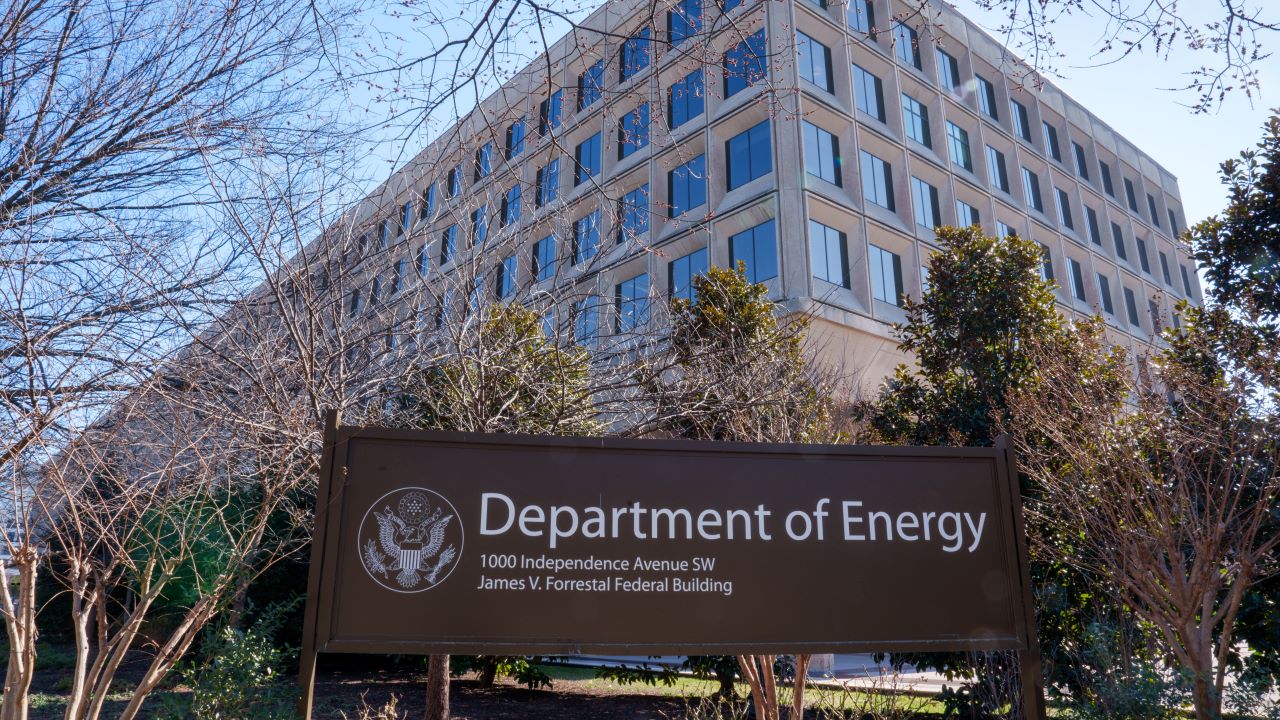
Trump Plans to Sell FBI and DOJ Headquarters in Major Federal Downsizing
Big news coming out of Washington—former President Donald Trump’s administration has announced plans to sell off 443 federal properties, including the headquarters of the FBI and the Department of Justice. This is part of a larger effort to shrink the federal government and cut costs, a move that has sparked significant discussion and debate.
According to reports, the General Services Administration (GSA) has identified these properties as “non-core” to government operations. In simple terms, these are buildings the administration believes are not essential and could be sold to reduce federal expenses. This massive real estate sale could potentially save over $430 million annually in operating costs. That’s a big chunk of taxpayer money being freed up, at least in theory.
Also Read:- Pizza Salvatoré Controversy: Culture vs. Business Clash
- Avoid Costly Mistakes – How to Prevent an IRS Audit on Your Taxes
The list of buildings up for sale includes not just the FBI and DOJ headquarters, but also offices for the Departments of Energy, Agriculture, and even the American Red Cross . Major government buildings in cities like Chicago, Atlanta, Cleveland, and Los Angeles are also on the list. Interestingly, the GSA even included its own headquarters in the potential sales, signaling that this effort is serious and far-reaching.
Now, this isn’t the first time a U.S. administration has looked at offloading government-owned buildings. Since 2015, over 1,000 properties have already been sold. Even the Biden administration had proposed selling eight federal buildings back in December. However, what makes this move stand out is the sheer scale— 443 properties, across 47 states, Washington D.C., and Puerto Rico , covering around 80 million square feet of federal space.
One key question remains—how soon could these properties actually be sold? Federal law requires that excess government buildings be offered first to other federal agencies, state and local governments, and even nonprofit organizations like homeless shelters before they can be put on the private market. So, while the plan is in motion, it could take some time before these properties actually change hands.
This move aligns with Trump's long-standing goal of reducing government size and cutting costs. Supporters argue that selling underused buildings is a smart financial decision, ensuring that taxpayers aren’t footing the bill for empty or inefficient spaces. However, critics worry about the impact on federal employees, operations, and security—especially with key agencies like the FBI and DOJ being affected.
No doubt, this is a story that will continue to develop in the coming weeks. The question now is, who will step up to buy these properties, and how will this reshape the federal government’s footprint across the country? Stay tuned.
Read More:

0 Comments